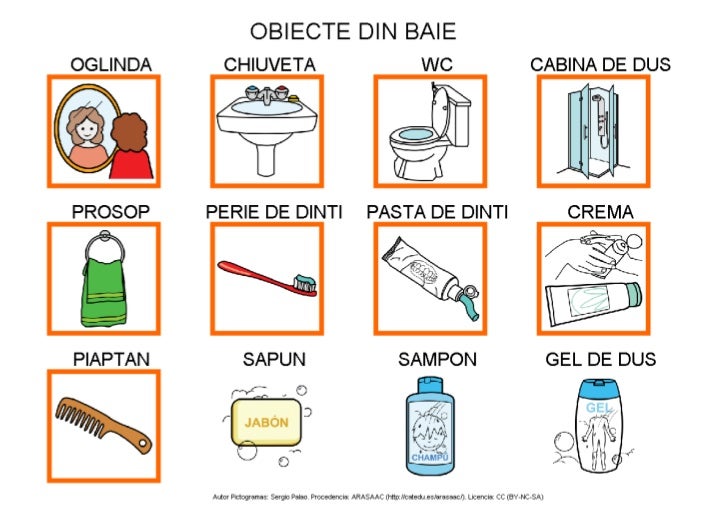Jocuri gaseste obiecte ascunse gratis. Numai cele mai bune și mai distractive jocuri gaseste obiecte ascunse, cum ar fi Little Shop of Treasures, Hiddentastic Mansion, Lamp of Aladdin, Little Shop of Treasures 2, Hidden Objects – Museum,. The this Keyword. In a function definition, this refers to the 'owner' of the function. In the example above, this is the person object that 'owns' the fullName function. In other words, this.firstName means the firstName property of this object. Advertiser disclosure: some of the products that appear on this site are from companies from which technologyadvice receives compensation. This compensation may impact how and where products appear on this site including, for example, the order in which they appear. Share with: Link: Copy link. Replies Views Last post; Gara București Nord. By vvmm » Sep 29, 2015. 2 Replies 1.3K Views Last post by vvmm Dec 13, 2020 2015-09-29T10:39. Acoperis Campina (parca) si peroane moderne (exemplu: Campina,Braila).
Real Life Objects, Properties, and Methods
In real life, a car is an object.
A car has properties like weight and color, and methods like start and stop:
| Object | Properties | Methods |
|---|---|---|
car.name = Fiat car.model = 500 car.weight = 850kg car.color = white | car.start() car.drive() car.brake() car.stop() |
All cars have the same properties, but the property values differ from car to car.
All cars have the same methods, but the methods are performed at different times.
JavaScript Objects
You have already learned that JavaScript variables are containers for data values.
This code assigns a simple value (Fiat) to a variable named car:
Objects are variables too. But objects can contain many values.
This code assigns many values (Fiat, 500, white) to a variable named car:
Obiecte Decoratiuni Interioare
Try it Yourself »The values are written as name:value pairs (name and value separated by a colon).
Obiecte Vestimentare Si Accesorii
JavaScript objects are containers for named values called properties or methods.
Object Definition
You define (and create) a JavaScript object with an object literal:

Example
Spaces and line breaks are not important. An object definition can span multiple lines:
Example
firstName: 'John',
lastName: 'Doe',
age: 50,
eyeColor: 'blue'
};
 Try it Yourself »
Try it Yourself »Object Properties
The name:values pairs in JavaScript objects are called properties:
| Property | Property Value |
|---|---|
| firstName | John |
| lastName | Doe |
| age | 50 |
| eyeColor | blue |
Accessing Object Properties
You can access object properties in two ways:
or
Example1
Try it Yourself »Example2
Try it Yourself »Object Methods
Objects can also have methods.
Methods are actions that can be performed on objects.
Methods are stored in properties as function definitions.
| Property | Property Value |
|---|---|
| firstName | John |
| lastName | Doe |
| age | 50 |
| eyeColor | blue |
| fullName | function() {return this.firstName + ' ' + this.lastName;} |
A method is a function stored as a property.
Example
firstName: 'John',
lastName : 'Doe',
id : 5566,
fullName : function() {
return this.firstName + ' ' + this.lastName;
}
};
The this Keyword
In a function definition, this refers to the 'owner' of the function.
In the example above, this is the person object that 'owns' the fullName function.
In other words, this.firstName means the firstName property of this object.

Read more about the this keyword at JS this Keyword.
Accessing Object Methods
You access an object method with the following syntax:

Example
Try it Yourself »If you access a method without the () parentheses, it will return the function definition:
Example
Try it Yourself »Do Not Declare Strings, Numbers, and Booleans as Objects!
When a JavaScript variable is declared with the keyword 'new', the variable is created as an object:
var y = new Number(); // Declares y as a Number object
var z = new Boolean(); // Declares z as a Boolean object
Avoid String, Number, and Boolean objects. They complicate your code and slow down execution speed.
You will learn more about objects later in this tutorial.
-->
A critical section object provides synchronization similar to that provided by a mutex object, except that a critical section can be used only by the threads of a single process. Critical section objects cannot be shared across processes.
Event, mutex, and semaphore objects can also be used in a single-process application, but critical section objects provide a slightly faster, more efficient mechanism for mutual-exclusion synchronization (a processor-specific test and set instruction). Like a mutex object, a critical section object can be owned by only one thread at a time, which makes it useful for protecting a shared resource from simultaneous access. Unlike a mutex object, there is no way to tell whether a critical section has been abandoned.
Starting with Windows Server 2003 with Service Pack 1 (SP1), threads waiting on a critical section do not acquire the critical section on a first-come, first-serve basis. This change increases performance significantly for most code. However, some applications depend on first-in, first-out (FIFO) ordering and may perform poorly or not at all on current versions of Windows (for example, applications that have been using critical sections as a rate-limiter). To ensure that your code continues to work correctly, you may need to add an additional level of synchronization. For example, suppose you have a producer thread and a consumer thread that are using a critical section object to synchronize their work. Create two event objects, one for each thread to use to signal that it is ready for the other thread to proceed. The consumer thread will wait for the producer to signal its event before entering the critical section, and the producer thread will wait for the consumer thread to signal its event before entering the critical section. After each thread leaves the critical section, it signals its event to release the other thread.
Windows Server 2003 and Windows XP: Threads that are waiting on a critical section are added to a wait queue; they are woken and generally acquire the critical section in the order in which they were added to the queue. However, if threads are added to this queue at a fast enough rate, performance can be degraded because of the time it takes to awaken each waiting thread.
The process is responsible for allocating the memory used by a critical section. Typically, this is done by simply declaring a variable of type CRITICAL_SECTION. Before the threads of the process can use it, initialize the critical section by using the InitializeCriticalSection or InitializeCriticalSectionAndSpinCount function.
A thread uses the EnterCriticalSection or TryEnterCriticalSection function to request ownership of a critical section. It uses the LeaveCriticalSection function to release ownership of a critical section. If the critical section object is currently owned by another thread, EnterCriticalSection waits indefinitely for ownership. In contrast, when a mutex object is used for mutual exclusion, the wait functions accept a specified time-out interval. The TryEnterCriticalSection function attempts to enter a critical section without blocking the calling thread.
When a thread owns a critical section, it can make additional calls to EnterCriticalSection or TryEnterCriticalSection without blocking its execution. This prevents a thread from deadlocking itself while waiting for a critical section that it already owns. To release its ownership, the thread must call LeaveCriticalSection one time for each time that it entered the critical section. There is no guarantee about the order in which waiting threads will acquire ownership of the critical section.
A thread uses the InitializeCriticalSectionAndSpinCount or SetCriticalSectionSpinCount function to specify a spin count for the critical section object. Spinning means that when a thread tries to acquire a critical section that is locked, the thread enters a loop, checks to see if the lock is released, and if the lock is not released, the thread goes to sleep. On single-processor systems, the spin count is ignored and the critical section spin count is set to 0 (zero). On multiprocessor systems, if the critical section is unavailable, the calling thread spins dwSpinCount times before performing a wait operation on a semaphore that is associated with the critical section. If the critical section becomes free during the spin operation, the calling thread avoids the wait operation.
Any thread of the process can use the DeleteCriticalSection function to release the system resources that are allocated when the critical section object is initialized. After this function is called, the critical section object cannot be used for synchronization.
When a critical section object is owned, the only other threads affected are the threads that are waiting for ownership in a call to EnterCriticalSection. Threads that are not waiting are free to continue running.
Related topics
